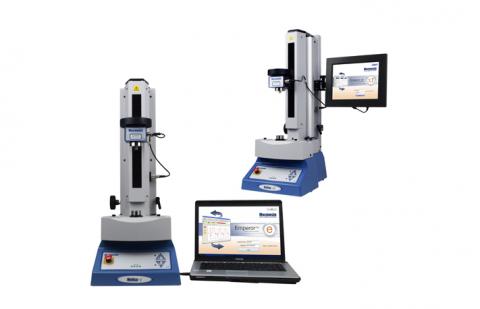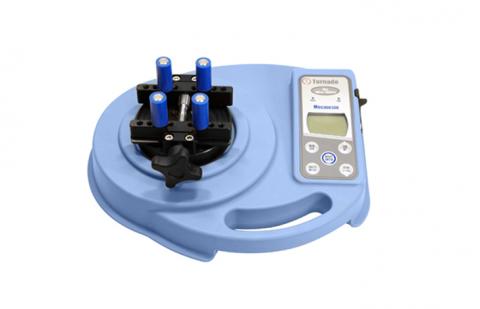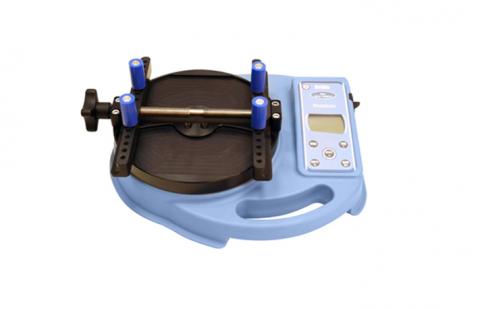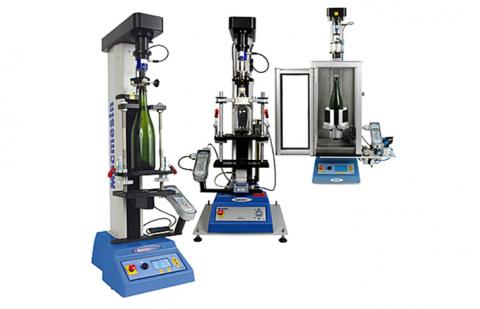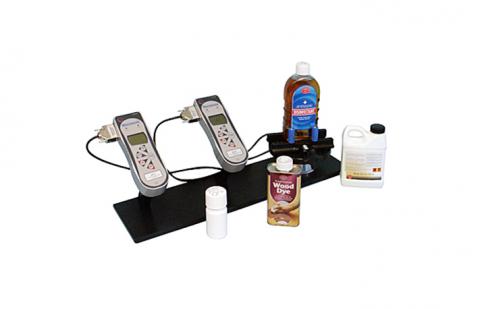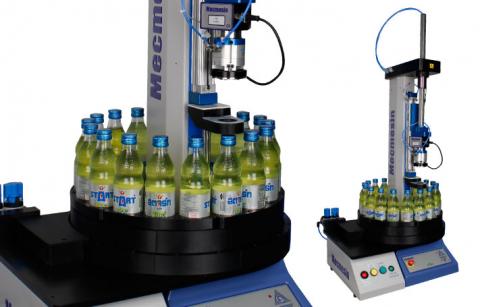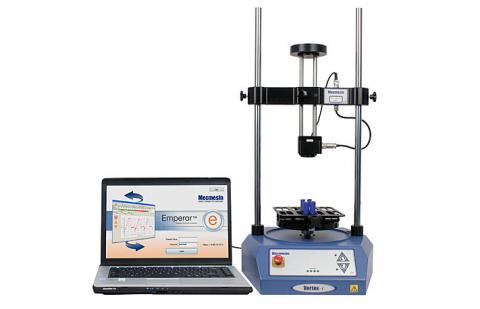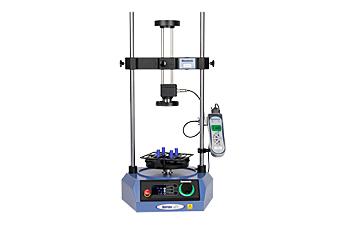Error message
Warning: file_get_contents(http://ipinfo.io/18.227.102.96/country): failed to open stream: HTTP request failed! HTTP/1.0 429 Too Many Requests in include_once() (line 656 of /home/closuretesting/public_html/sites/default/settings.php).Closure torque testing methods
Closure torque testing is a measure of the torque force required to either apply or remove a closure, whether a twist cap, stopper or a lid on a container. Where a screw cap is tamper-evident, removal torque is frequently a two-part measurement of breakaway torque and bridge torque. If the closure is child-resistant, measurement of required release forces must be made under both intended and unintended actions: can it be forced, and can it be accidentally opened? Strip torque can also be measured to avoid over-torquing in production, or malfunction in normal use. Correct performance of container closures is always quality-critical, and in many cases it is safety-critical. (See testing reclosable child-resistant closures.) For quality purposes, the essential factor in all testing is that it is repeatable, with all parameters defined. Test parameters include direction and speed of rotation, running to torque or angle, and absence or application of top-load.
Application torque and removal torque
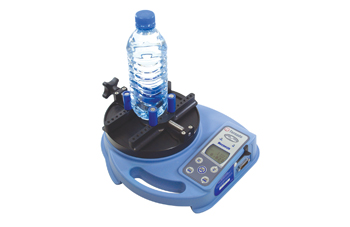
slip torque and bridge torque.
Screw-capping machines apply sufficient torque to ensure a correct seal between a twist-cap and the container finish. The actual torque applied can be measured by inserting calibrated bottle-sized instruments in the production line, but testing the removal torque is usually a good proxy. Removal provides comparison of the user experience, since a correctly applied cap must also be easy to open.
During the period after capping, temperatures may change and materials may relax. Torque can therefore back off, so a dwell time before testing removal may be recommended. Removal is broken down into important components, depending on the type of closure. Hand-operated digital testers can capture the features in a complete cap removal, but for frequent use, motorised and programmable torque testers improve repeatability as well as eliminating operator repetitive strain injury. It may be sufficient to capture peak torques, but by streaming data to a software program, a live graph trace can be examined, calculations can be applied, and batch data be further analysed. Mecmesin software provides a wide range of calculations and statistics, and transfer of full data to SPC systems.
Breakaway (or slip) torque
Friction keeps a closure secure, and reduces as a screw thread is turned. The torque required to initiate turning is referred to as breakaway. The friction may be between the container finish or seal and the cap or its liner, in the screw thread or threads, or all of these. This breakaway point is detected as an initial peak, and is followed by a reducing running torque. Spillage on filling can either initially lubricate this contact, or for thickening contents, introduce a parasitic or thread-locking torque.
Running torque
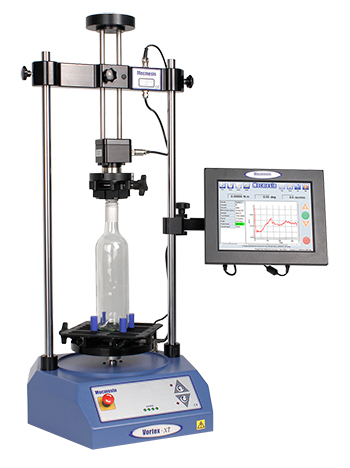
of closure torque testing.
Running torque is the force required to maintain the unscrewing action. This is usually the smallest component in a screw cap removal.
In line-up snap-off CRCs it ensures the cap can be turned smoothly to the key point for lug release.
In the case of replaceable T-cork (Altop, bar-top) stoppers, it is important that an easy twisting action aids removal (see shear torque, below).
Bridge torque
Where a tamper-evident collar or band is employed, these are often attached by a series of ‘bridges’, pulled apart as the cap rises on its thread. While these don’t maintain the seal, they must not unduly inhibit initial opening. As the bridges resist, further peaks in torque can be measured, until all are broken.
Reverse ratchet torque
In two-part CRCs, the outer shell engages the inner with a one-way ratchet when pressed down. This test turns the outer cap shell anticlockwise to ensure there is insufficient friction to remove the cap.
Strip torque
A closure may be over-tightened, rendering the seal ineffective, damaging the thread, or making it either too difficult to open (e.g. a plastic cap) or insecure (e.g. a light ROPP closure). Torque to over-ride a screw thread can also be measured as a peak value when turning clockwise from a correctly sealed position.
Shear torque
Two-part stoppers should not separate under normal use. Where a separate cap piece grips a cork stopper (a T-cork) the two should neither separate, nor the cork shear under torsion. By gripping the two parts and twisting, quality standards can be systematically checked.
Closure torque testers
Programmable testers offer the best control in terms of test repeatability, in which a library of test routines can be saved for any variety of closures. An essential element is always the closure grip, where customised mandrels ensure no distortion of the cap or stopper. Many containers are also asymmetrical or with angled closures, requiring special fixtures to ensure axial alignment about the closure.
Mecmesin provides a full range of instruments and systems, motorised and manually operated, together with both standard fixtures and custom solutions.
